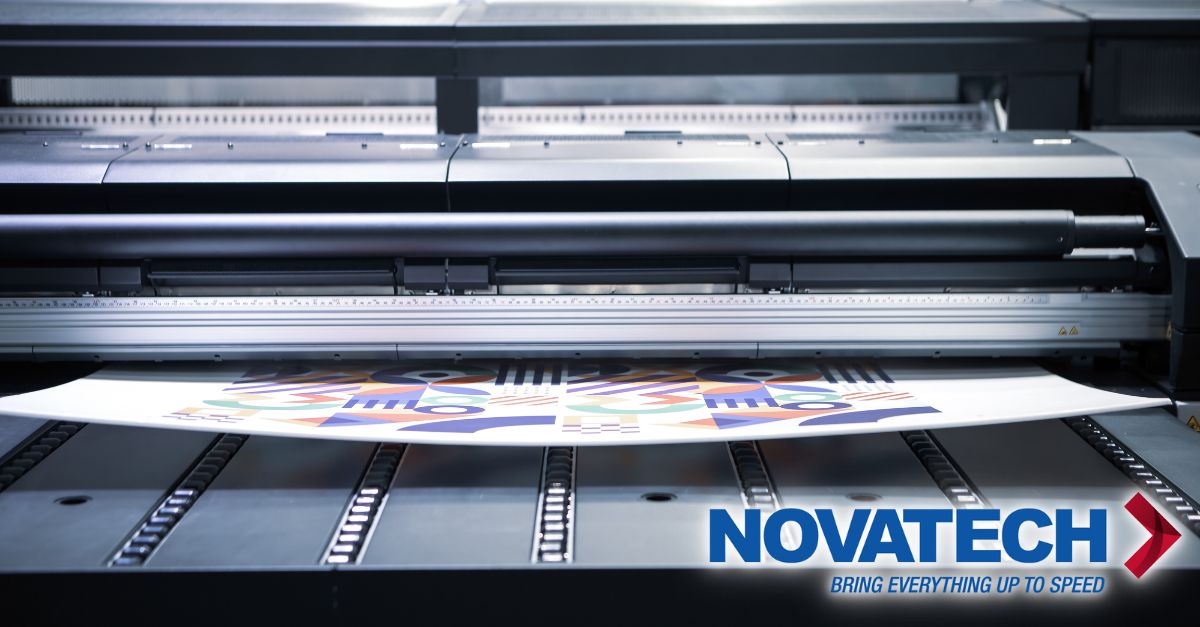HP Latex Inks and Print Durability
3 min read

Key Questions
- What factors influence the durability of prints made with HP Latex Inks?
- How do HP Latex Inks perform in different environmental conditions?
- When is lamination necessary for HP Latex prints?
How to Understand Durability
When it comes to printing, especially for wide-format applications, understanding the durability of your prints is crucial. Whether you’re creating vehicle graphics, event banners, or indoor signs, knowing how long your prints will last and what conditions they can withstand helps ensure your projects are successful.
Durability refers to the ability of a print to resist various types of wear and tear. Here are the main components that affect the durability of HP Latex prints:
- Light-Fade Resistance: This is how well a print resists fading when exposed to light, particularly UV rays. Prints with HP Latex Inks, which contain pigments, generally last longer than those with dye-based inks. The level of light exposure varies greatly between outdoor and indoor environments, affecting the longevity of the prints.
- Scratch and Abrasion Resistance: This measures a print’s ability to resist damage from sharp objects (scratches) and repeated rubbing (abrasion). For instance, vehicle graphics and door signs require high abrasion resistance due to frequent handling.
- Water and Chemical Resistance: This determines how well a print can resist damage from water, cleaning products, and other chemicals. Vehicle graphics, for example, must withstand regular washings and occasional fuel spills.
Durability in Different Environments
The durability of HP Latex prints can vary significantly depending on the environment. Here’s how they perform in different conditions:
- Outdoor Display: Outdoor prints, like signs and banners, face direct sunlight, rain, and humidity. These prints must have high light-fade resistance and withstand harsh weather conditions. HP Latex prints can last up to 4 years without lamination and up to 6 years with lamination.
- Indoor, In-Window Display: Prints displayed in windows receive partial or direct sunlight. They need to resist fading and UV exposure. HP Latex prints in these conditions can last up to 6 years without lamination.
- Indoor, Away from Direct Sunlight: Prints used in environments away from direct sunlight, such as photos or canvas prints in a home or office, have lower durability requirements. These prints can last over 60 years without lamination.
When to Use Lamination
Lamination can significantly enhance the durability of your prints. Here’s when you should consider laminating HP Latex prints:
- Short-Term Applications: For prints needed for less than a month, lamination is usually not required unless the prints are in harsh conditions.
- Mid-Term Applications: For prints needed for 1-6 months, lamination is recommended, especially if the prints will be handled frequently.
- Long-Term Applications: For prints required for more than 6 months, especially outdoors, lamination is strongly recommended to protect against weather, abrasion, and chemicals.
Technical Insights: Light-Fade Testing
HP conducts rigorous tests to determine the light-fade resistance of their Latex inks. These tests simulate various environmental conditions to predict how long prints will last in real-life scenarios. For example, outdoor durability tests involve exposing prints to direct sunlight and rain, while indoor tests simulate conditions in a typical home or office environment.
Understanding the durability of HP Latex prints helps you make informed decisions about your printing projects. Whether you need short-term event graphics or long-lasting vehicle wraps, HP Latex Inks provide the performance you need. For more information and expert advice, visit us online.
Want to Discuss Your Application, We Are Here to Help!
For world-class printing solutions that meet your durability needs, reach out to our team today. We’re here to help you create prints that stand the test of time.


